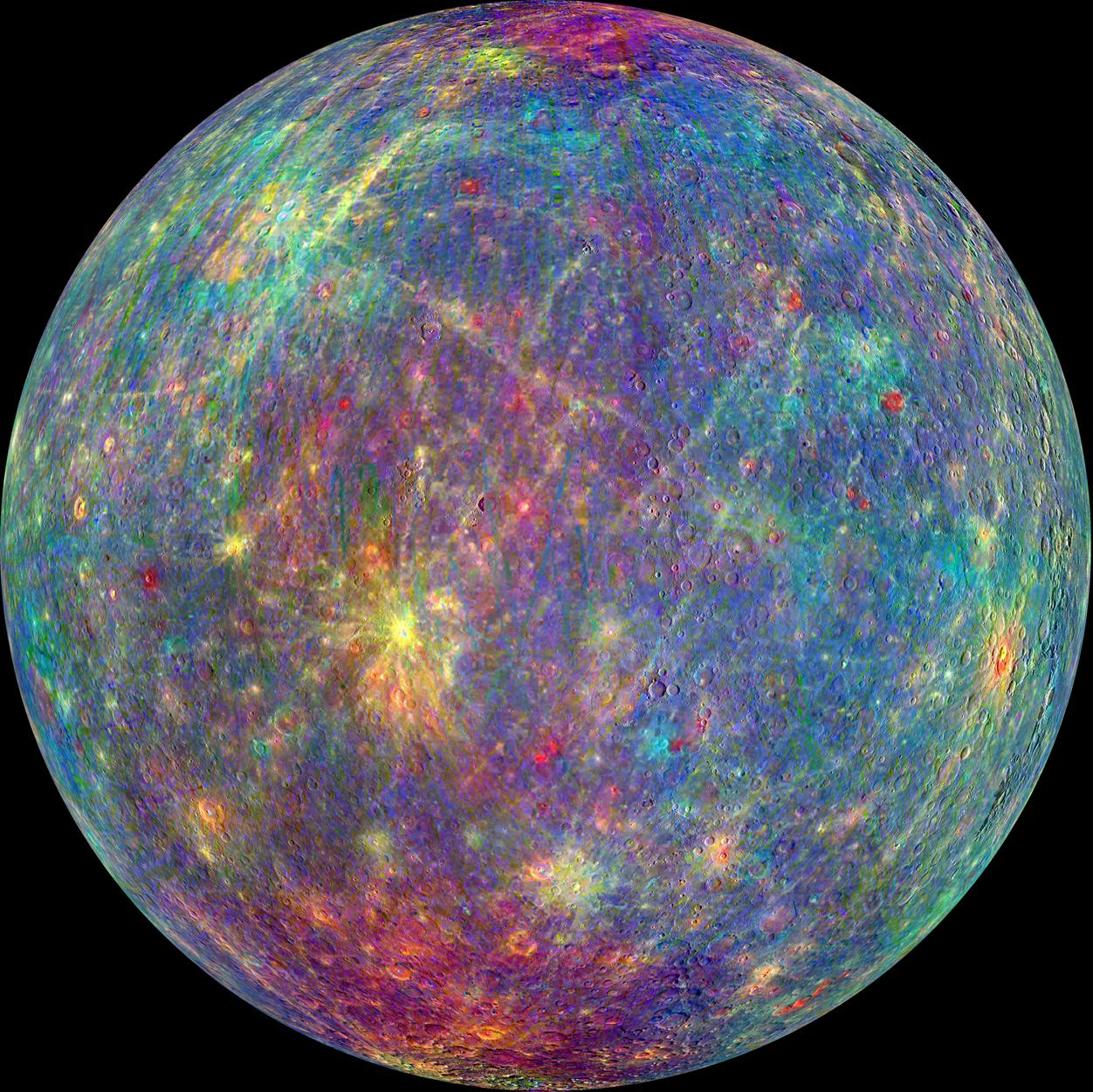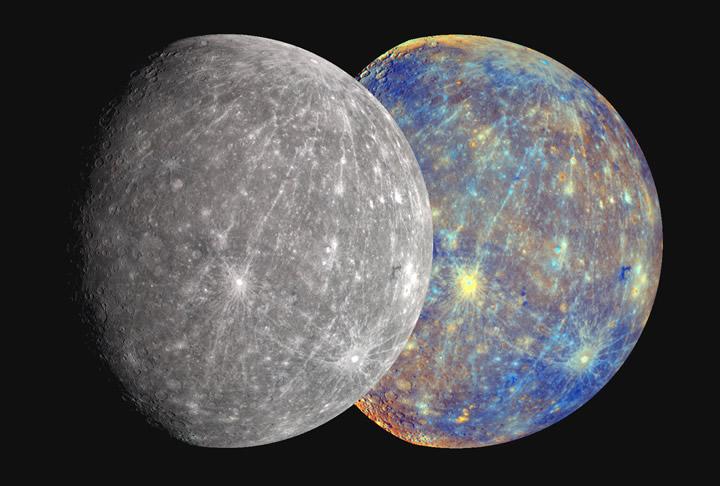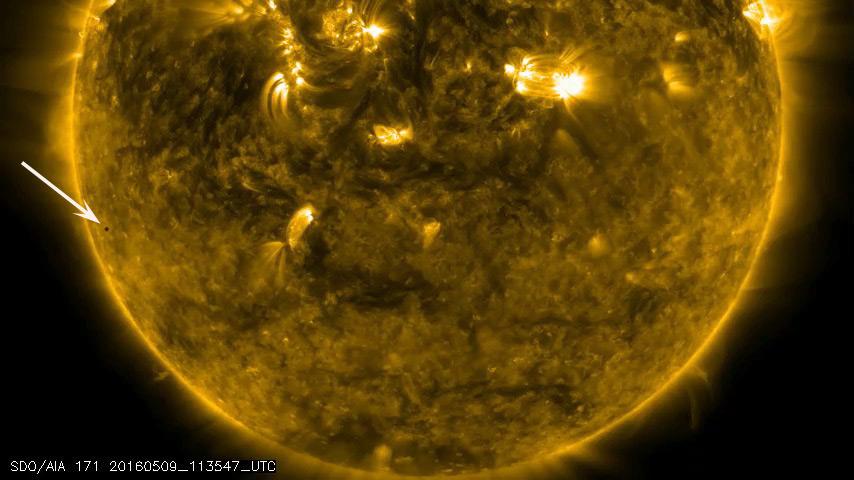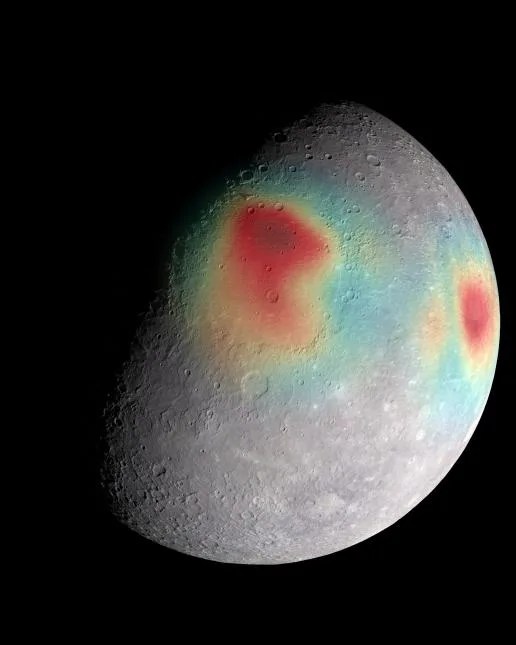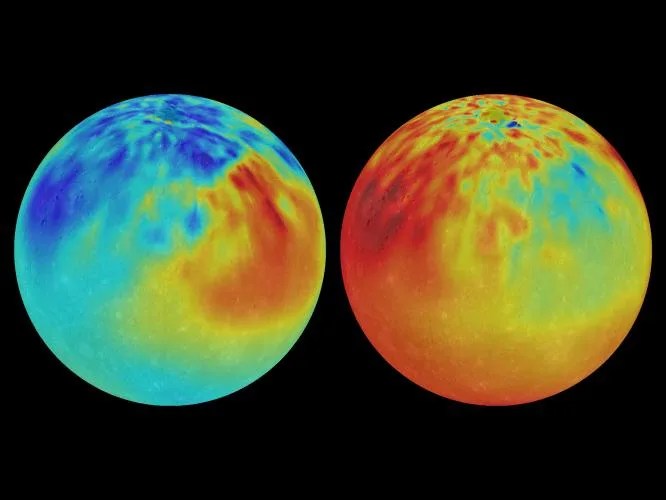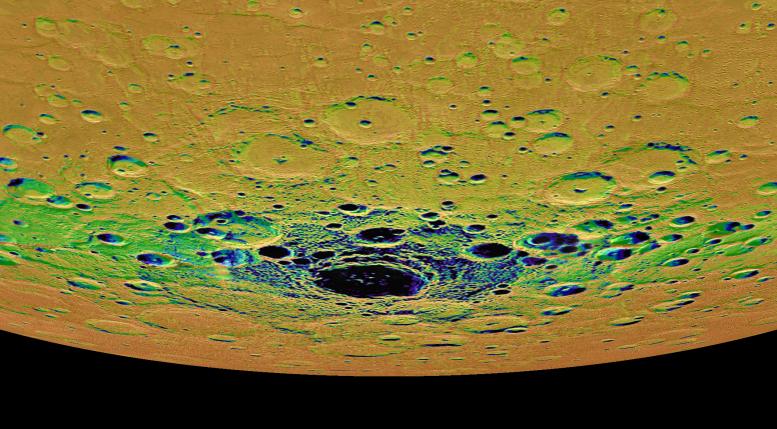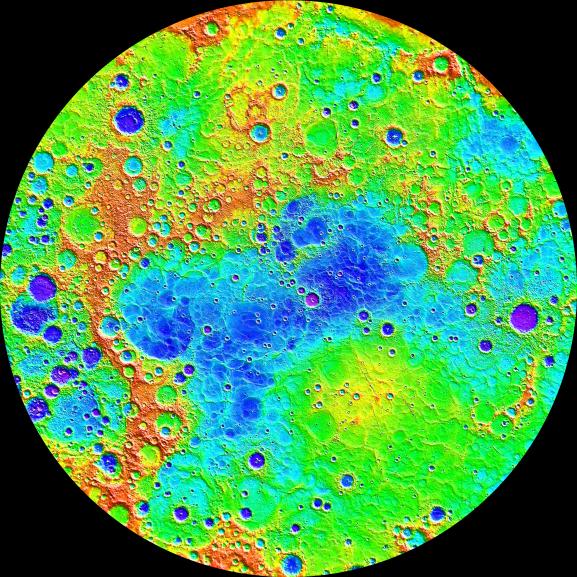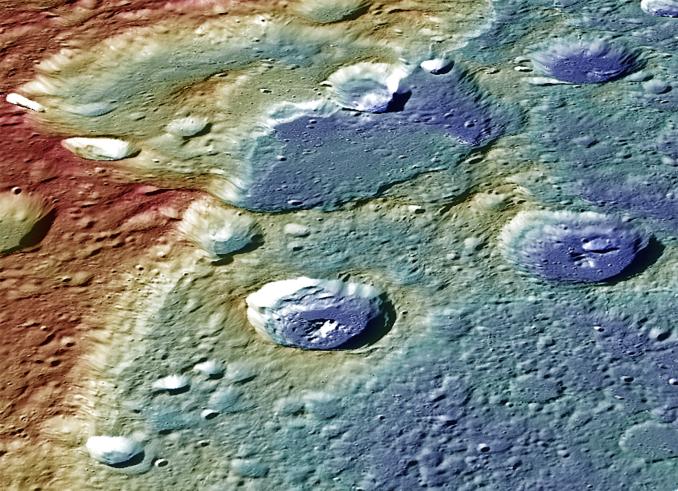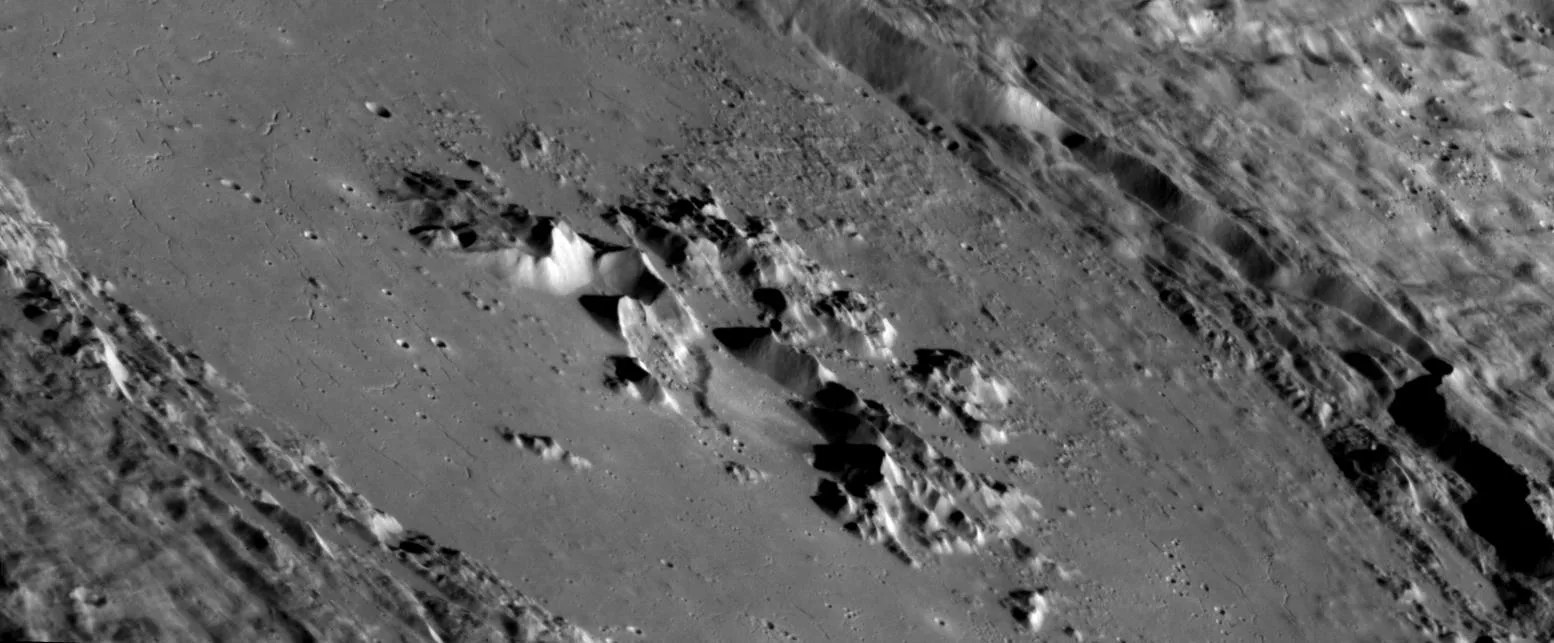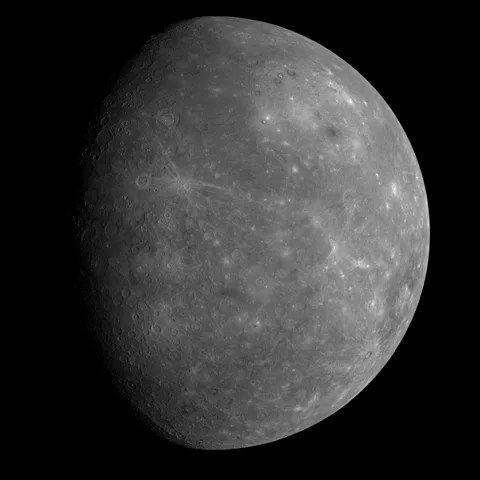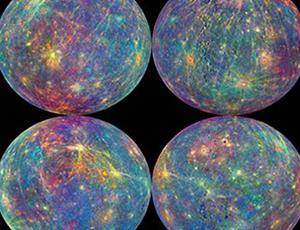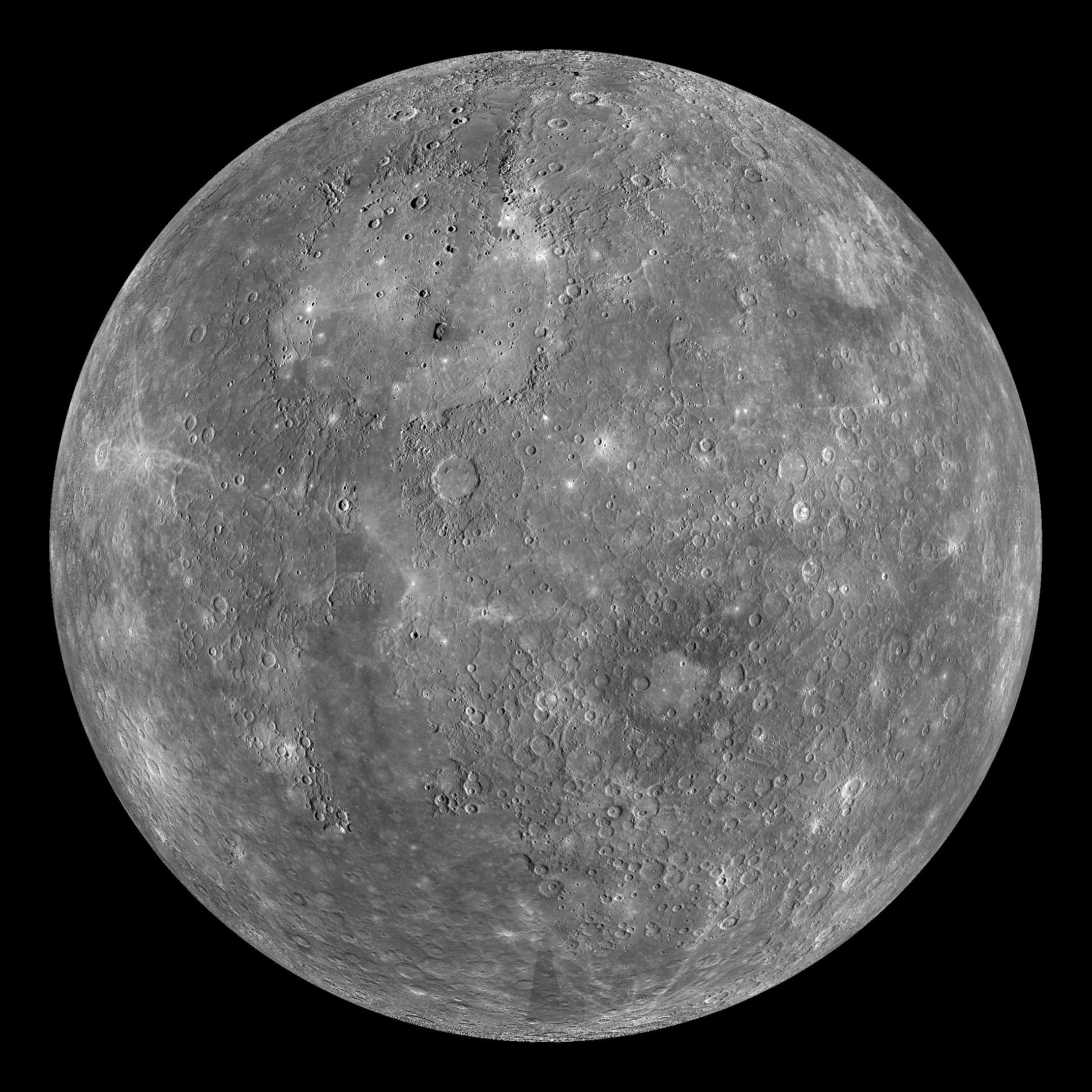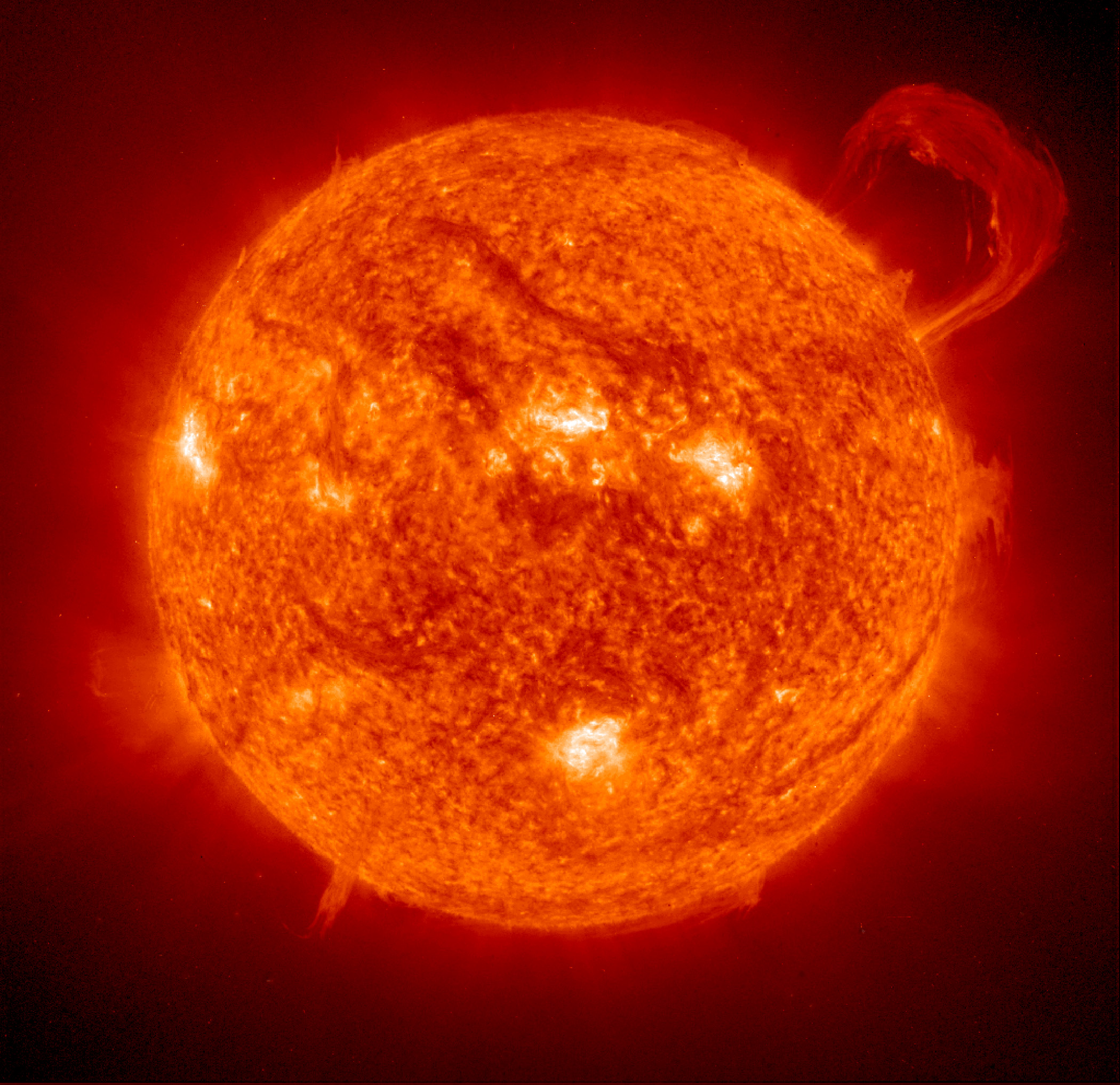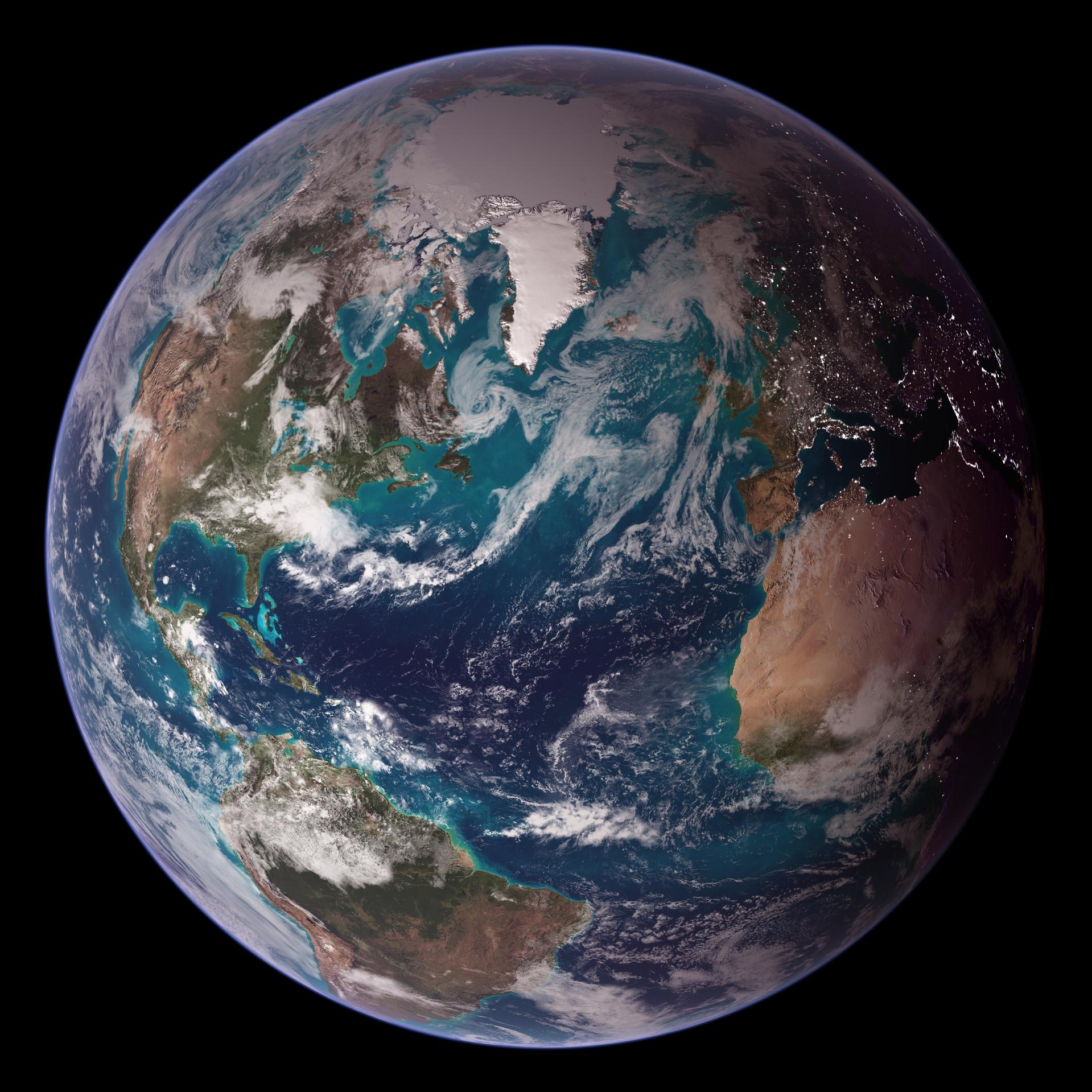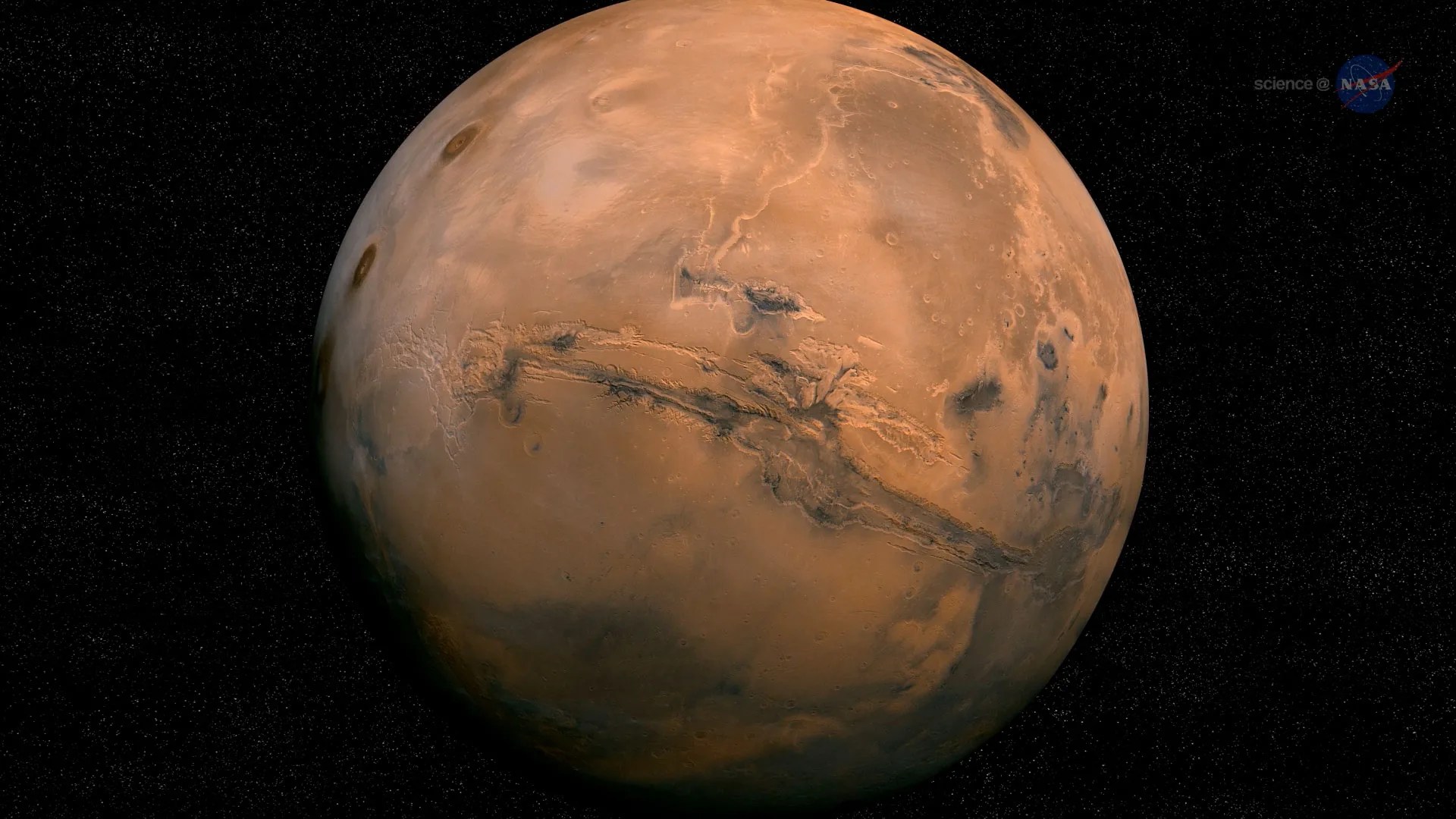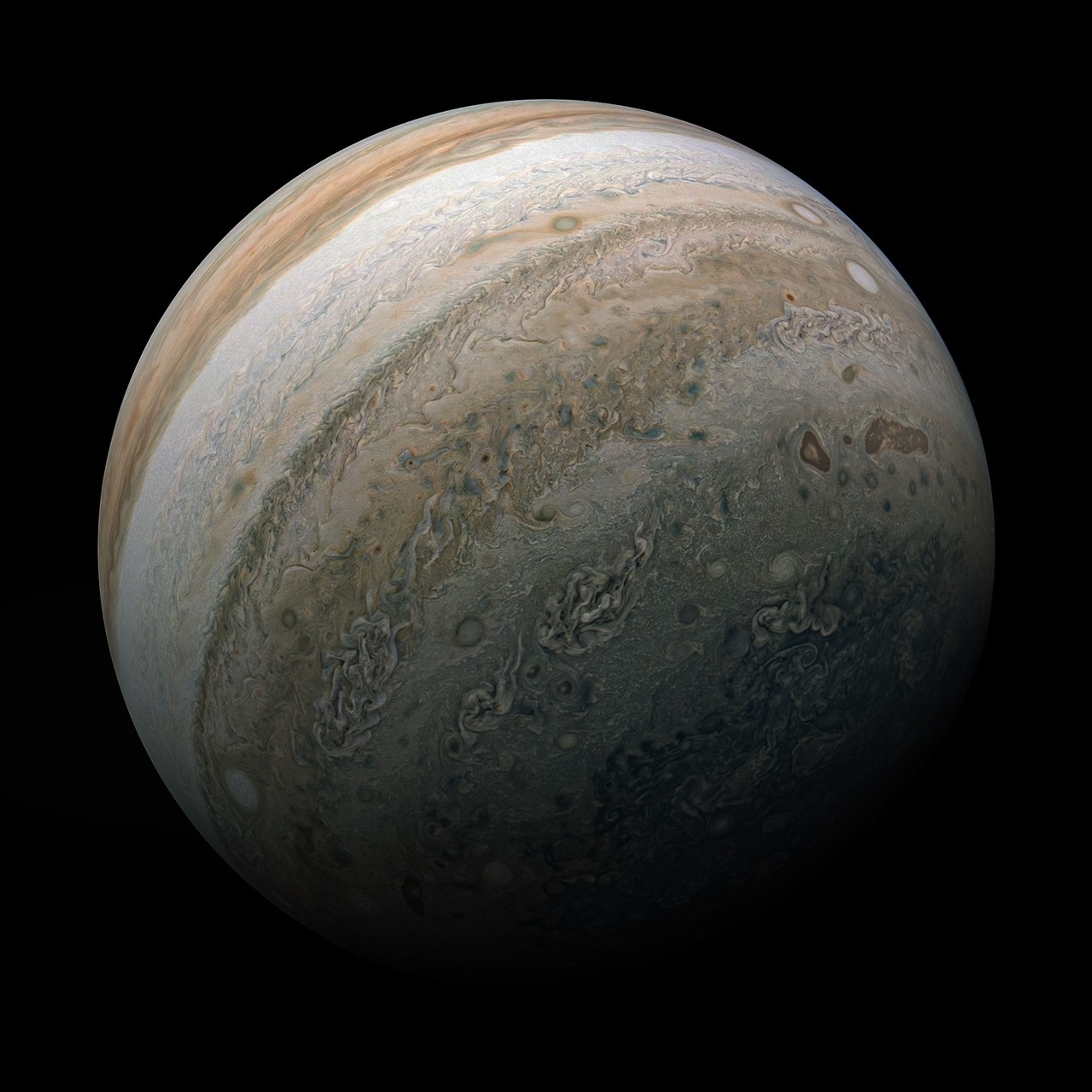
Mercury
Mercury is the closest planet to the Sun, and the smallest planet in our solar system - only slightly larger than Earth's Moon.
Mercury Facts
Mercury is the smallest planet in our solar system and the nearest to the Sun.
Mercury is only slightly larger than Earth's Moon. Its surface is covered in tens of thousands of impact craters. Despite its proximity to the Sun, Mercury is not the hottest planet in our solar system – that title belongs to nearby Venus, thanks to its dense atmosphere. But Mercury is the fastest planet, zipping around the Sun every 88 Earth days. Mercury is appropriately named for the swiftest of the ancient Roman gods.
Get the Facts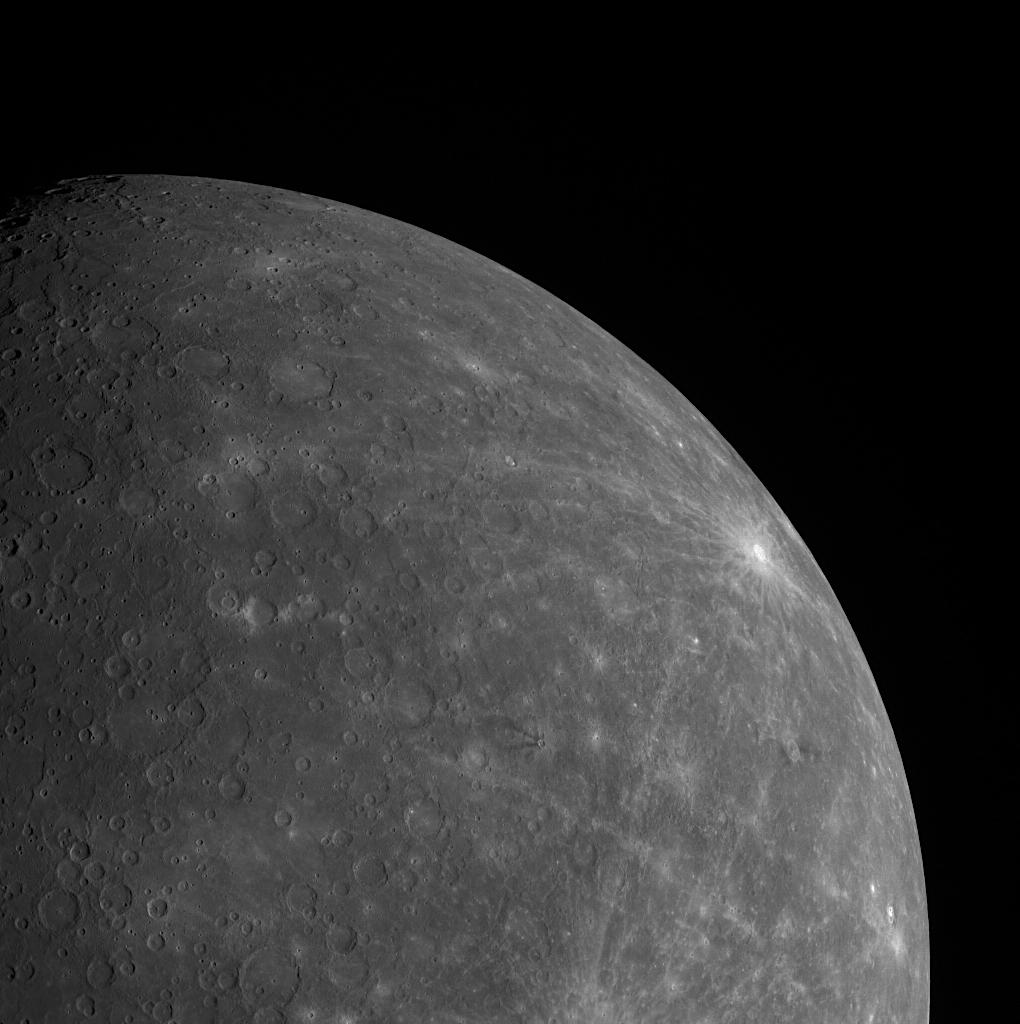
Mercury By The Numbers
How big is Mercury? How far is it from the Sun?
Use this tool to compare Mercury to Earth, and other planets.
Analyze and Compare
Exploring Mercury
The first spacecraft to visit Mercury was NASA's Mariner 10, which imaged about 45% of the surface.
NASA's MESSENGER spacecraft flew by Mercury three times and orbited the planet for four years before crashing on its surface at the end of its mission. The European Space Agency and JAXA launched a joint mission to Mercury in 2018. The mission, called BepiColombo, is made up of two spacecraft.
Learn More About Mercury Missions
Mercury Resources
Explore this page for a curated collection of resources about Mercury.
This resources page includes activities that can be done at home, as well as videos and animations, images, and printable graphics. This content is for educators, students, and anyone interested in learning more about Mercury!
Explore Resources for Mercury